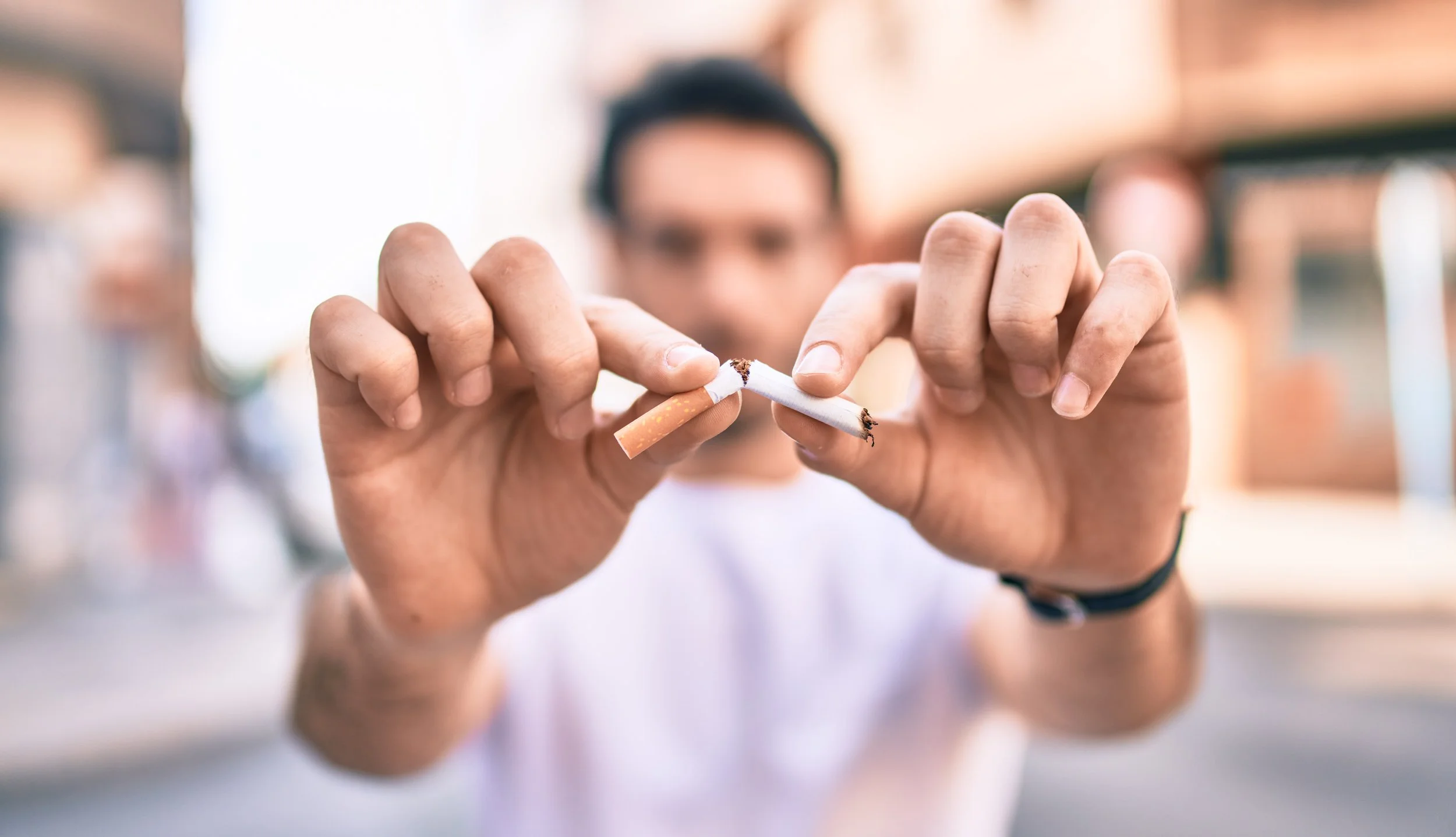The science of being an ex-smoker
Quitting is by far, the most important thing you can do to improve your health. We understand that people smoke for all sorts of different reasons such as stress relief, social anxiety, to create some ‘me time’ or simply because they like it, and that nicotine is incredibly addictive. We know that this may not be an easy thing to contemplate.
It’s important to understand how smoking affects your body and what benefits you get out of smoking to be able to get in to a space where you are ready to make a choice as to whether you are ready to quit.
Different things work for different people. Making some time to think through your personal pros and cons and triggers to smoke, whether social or emotional will help you to figure out a strategic Quit plan to transform yourself into an ‘ex smoker’. Accessing some good information on your options, some good support, and most importantly being kind to yourself can all make a difference. Understanding that the addictiveness of nicotine can make it really hard to stop, but if you’re informed and know what to expect and choose a time that works for you, there are so many good options available to support you to Quit much more easily Quit tips.
There is some pretty fascinating science behind understanding the impacts that smoking has. Every cigarette contains more than 7000 chemicals, at least 250 are known to be harmful and 69 have been demonstrated to cause cancer. These chemicals cause damage by mutating the DNA in lung cells, slowly transforming them from healthy to cancerous and damaging the surrounding air sacs to cause emphysema. These cells can be thought of as ticking time bombs without a timer, as where and when a cancer develops is definitely related to the amount of chemical exposure {including from additional sources such as air pollution), but otherwise is a bit random.
Replacing that nicotine buzz
Many people find that they need help with the early physical nicotine withdrawal symptoms and so find nicotine replacement therapy helpful. There are a few options available from slow release patches to immediate release gum, lozenges and inhalator. There are also a couple of medications that have been shown to be effective if nicotine replacement doesn’t do the trick for you.
Many people find that once they are really ready to quit and have a clear plan and some good supports in place, using a patch in combination with whichever immediate release option is preferred, works well. It’s good to know that nicotine gum, patches and lozenges as well as second line tablets can be accessible at a cheaper rate with a script from your GP.
Now about that holiday. . .
The financial cost is another thing that bothers lots of people who smoke. Check out this cost calculator to figure out what you could spend the money that you save on not buying smokes which we hope will inspire you to cut back. How much could I save?
Recovery timeline
We now know that once someone quits, the few healthy cells that remain in their lungs start to work to repair the damage that has been done. This is so exciting as it means that from the day you quit, your lungs, blood vessels and rest of your body start to heal, so it is never too early or too late.
Smoking is known to also cause 18 different types of cancer affecting most parts of the body as well as causing damage to blood vessels, blocking blood flow to cause heart attacks and strokes, weakening the immune system and bone strength, erectile dysfunction and reduced fertility through impacts on both men and women. Smoking not only effects you. The chemicals from your cigarettes can also impact those around you, particularly babies and children. with strong links to sudden infant death, asthma and a variety of cancers.
Here’s the typical timeline of how an ex smoker’s body heals and recovers once they quit:
Within an hour of having your last cigarette your heart rate and blood pressure will fall and circulation starts to improve;
At 24 hours, the risk of heart attack starts to fall;
At 48 hours your sense of smell and taste will noticeably improve;
At the one month mark, lung cells are healing and your lungs will start to function better;
After 9 months, the immune cells in the lungs are working better;
At your first ex smoker anniversary, you will be feeling an amazing sense of achievement and your risk of heart disease will have dropped by 50%;
At your 10 year anniversary, your risk of developing lung cancer will have dropped by 50% and
At your 20 year anniversary, you can breathe easy, your risk of developing smoking related lung disease, lung cancer and pancreatic cancer will have dropped to the level of someone who has never smoked.

